4 Different Types Of Beer Yeast With Images
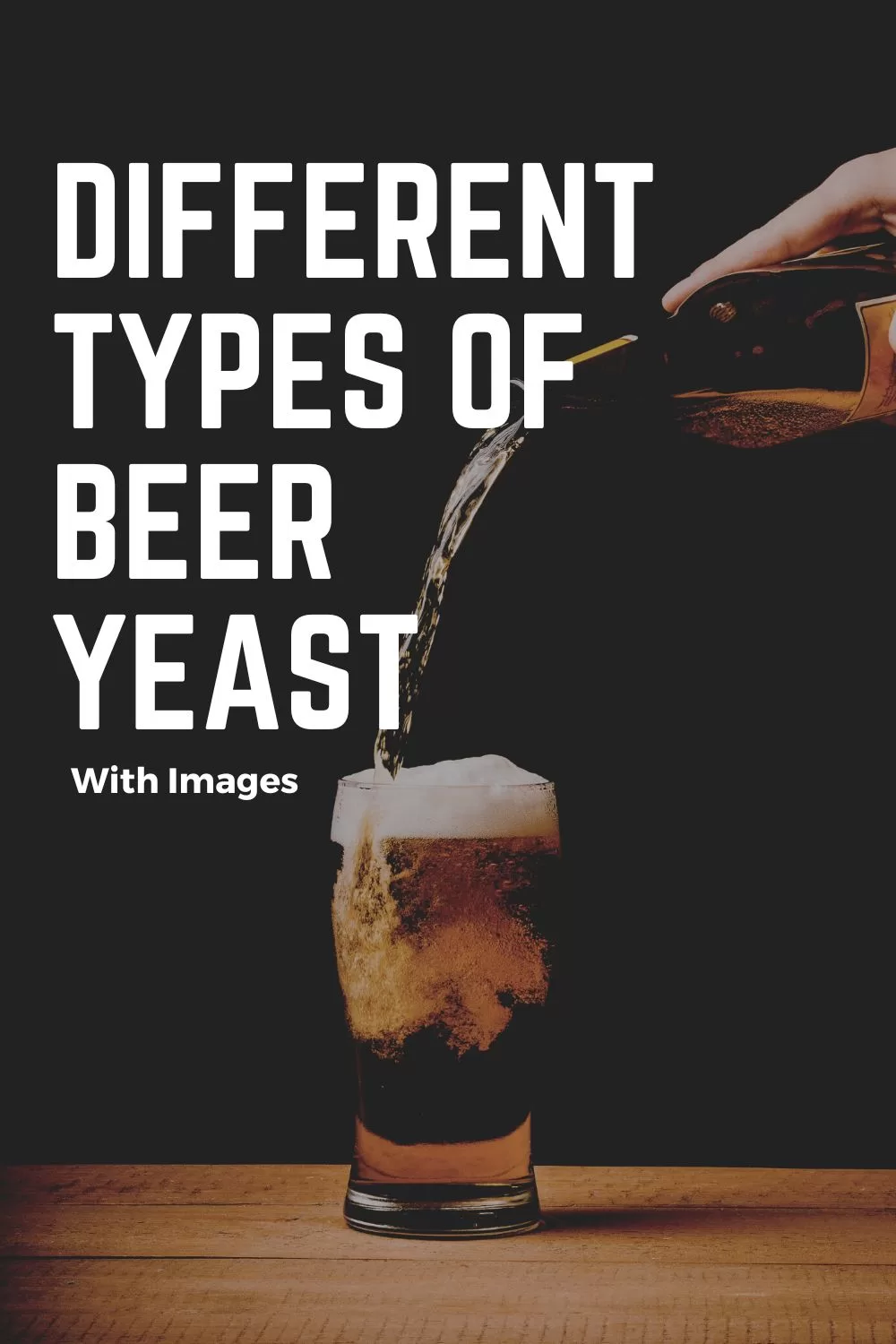
When making a beer, one important thing to consider is choosing the right yeast strain. That is why the very first step that you need to do is to choose the right yeast for your beer, an American ales needs a pale ale, while a Scottish ale is needed for wee heavy and a Czech lager is needed for Pilsner. In today’s guide, we will talk about the different types of yeast. Continue reading below to know more.
Different Types Of Beer Yeast
What is a beer yeast? A beer yeast is a kind of fungus that can grow without oxygen or with oxygen. During fermentation process, yeast uses maltose and glucose. Converts them into carbon dioxide and ethyl alcohol to create the base for the brewing process. Other by-products of the fermentations includes:
- Esters: these are molecular compounds that adds fruitiness to the beer.
- Phenols: If you want some heat to you beer.
- Diacetyl: For a buttery note of your bed, this ketone compound will do the trick.
- Fatty Acids: Because of the process of oxidation, fatty acids usually produces off flavors on old beers.
- Fusel Alcohols: these are responsible for that beer notes since these are heavy molecular weight.
The kind of yeast used for making beer will have an impact on the flavor and style of your beer. This means that a beer will have a different flavor if ale or lager yeast is used. Listed below are the different types of yeast strains.
Ale Yeast and Lager yeast are the two main types of beer yeast, but we have also included beer yeast types such as Belgian Yeast strains and Wheat Beer Yeast. The main difference between Ale Yeast and Lager Yeast is its brewing temperature. With Ale Yeast, it usually works on warm temperature (usually above 55F), Lager Yeast on the other hand works on temperature between 50F to 55F.
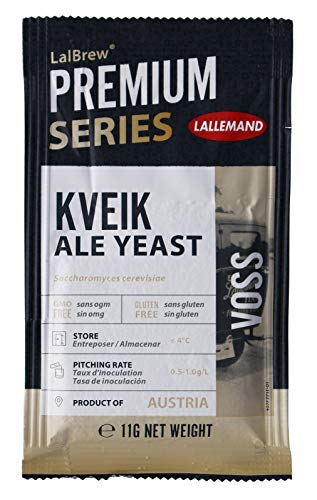
Ale Yeasts
Ale or also known for its Latin name Saccharomyces cerevisiae. Using Ale Yeast strains is considered to be the oldest method used in producing beer, during the Egyptian times. There are also different varieties of ale yeast strains and each ale yeast strain can are also used to make beer especially the kind that quickly ferments.
Often, Ale Yeast produces a beer taste that is unique taste of a beer simply because phenolic off flavor production is prevented because of ale’s natural mutation.
Ale Yeast Fermentable process
Although each beer yeast strains differs from each other, they also have their similarities as well. The Ideal fermentation temperature for all strain types is at least 68F to a maximum of 95F. It is ideal to follow the required or recommended temperature to produce a best tasting beer. Not using the ideal temperature could affect the flavor compounds of the beet.
During the fermentation process, Ale strains tends to rise to the fermenter top that will result to a thicker head of the yeast. Most of the strains often reaches the surface during 12 hour fermentation process and would continue to ferment an additional of at least 3 or 4 days. A process called Cropping is when brewers collects the yeast from the top. Using the cropping process will usually result to a more healthy (less protein) and ideal crop of yeast, however with cropping there is a risk of exposing yeast to the environment especially when the room is unsanitary.
Ale yeast flavors varies and usually depends on the flavour compounds. A “Clean fermenters” is one that usually produce a small quantity from the flavor compounds. If there are more fusel alcohols and esters used, the more fruity the yeast will become. An Ale Yeast the result to a fruity beer are less versatile but seemingly interesting different flavor compounds as well.
Buy it now on Amazon
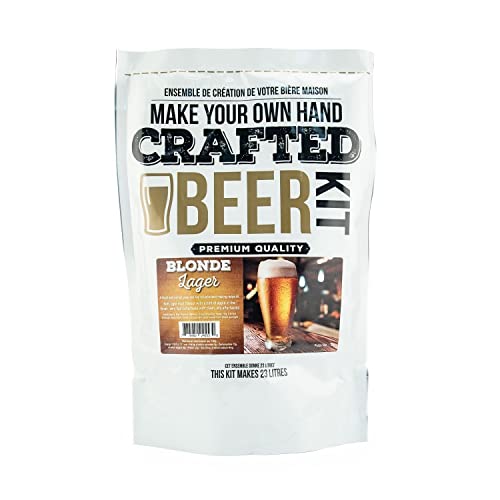
Lager yeasts
Lager Yeast is a bottom fermenting lager yeast is also classified as Saccharomyces cerevisiae similar to Ale Yeast though brewers still prefer to classify Lager yeast of its old classification as Saccharomyces Uvarum.
Fermentable Process of Lager Yeast
As previously mentioned, this type of yeast prefers working on cold temperatures as compared to Ale Yeasts. Cold fermentation usually produces few esters and fusel alcohols. Although the sulfur residue will be higher making it difficult to absorb the yeast.
When the beer reaches a specific gravity between 1.022 to 1.020, the temperature of the fermentation process should be increased to 68F. If the specific gravity drops to 1.010 to 1.014, allow it to sit for a few days (3-5 days) with the same temperature. After that, the temperature will then be lowered to at least 41F to 45F.
Lager Yeast strain is considered a popular yeast. When it was first discovered, it was found out that ale fermentation contains bacteria and even wild yeast causing the beer to have a shorter shelf life. Since Lager yeast prefers cool temperature during fermentation, the growth of wild yeast and bacteria are suppressed therefore there is increase in the beer’s shelf life.
The difference between Ale and Lager (aside from the fermentation temperature) is that the latter is not collected on top (bottom fermenting yeasts) while the former is top fermenting.
Buy it now on Amazon
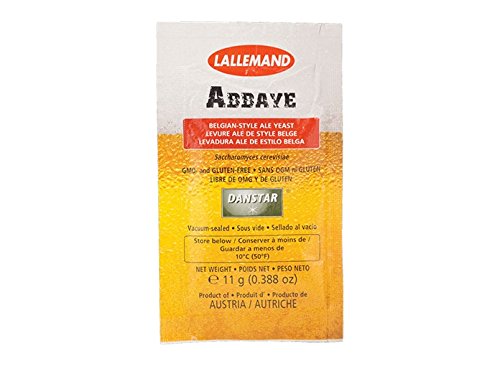
Belgian Yeast Strains
Belgian Yeast Strains is used to make Belgian style beers, although you can still make Belgian beers using lager yeast but it will lack the unique taste that comes from using authentic yeast strain providing phenol, esters, fusel alcohols and clove.
When trying to make a Belgian style beer, you need to be creative in using the correct recipe and achieving a balance of the compounds.
Buy it now on Amazon
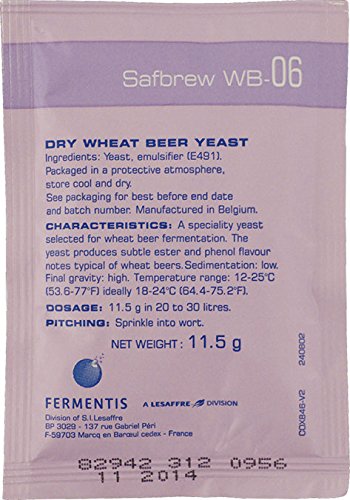
Wheat Yeast Strains
In order to create a European style wheat beer, you may need to use a wild yeast strain needed for that satisfying taste of your beer or traditional European wheat beer. There are only a few wheat beers years nowadays.
Buy it now on Amazon
Frequently Asked Questions
Mixing two kinds of yeast for making beer will not only create a different flavor but also produces a unique kind of aroma.
Stella Artois has the least amount or no amount of yeast at all. A yeast free beer made with only 4 ingredients such as Malted Barley, Maize, hops and water.
The top fermenting ale yeast is the best yeast for use in making beer. Called top fermenting simply because it rises to the surface of the container during fermentation.
Final Thoughts
Beer is now widely available and accessible but would it be nice to make your very own beer at the comfort of home. There are different beer yeasts strains that gives your beer its unique flavor as well as the amount of alcohol content on your beer. With that, you have to understand the brewing yeast biology of each types of beer yeast.





